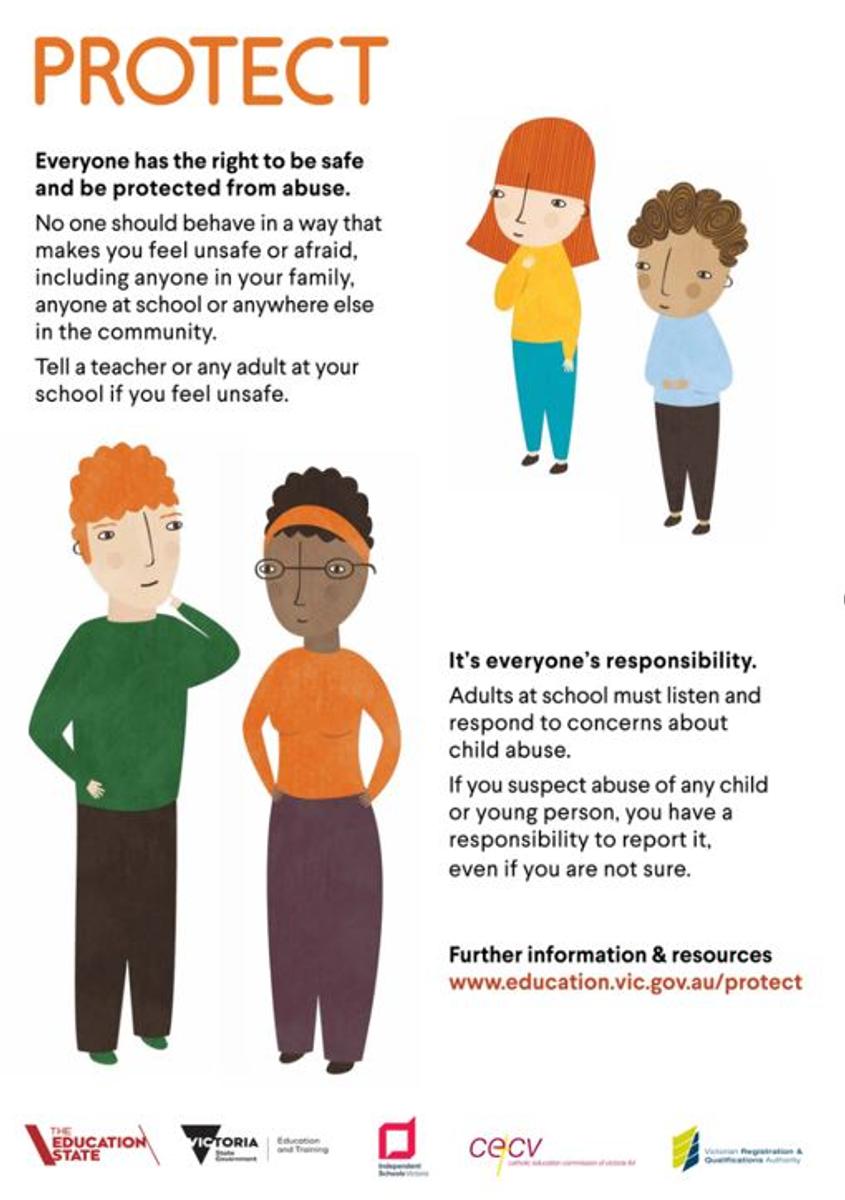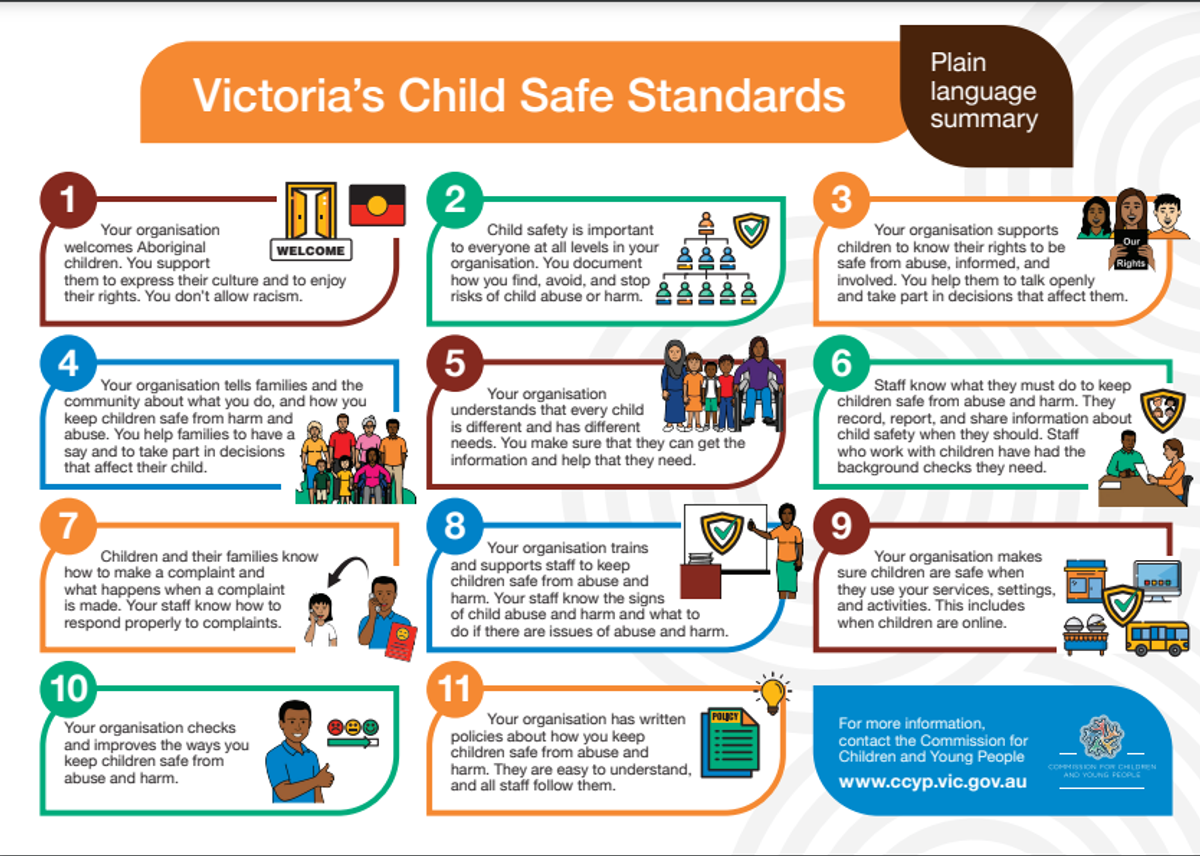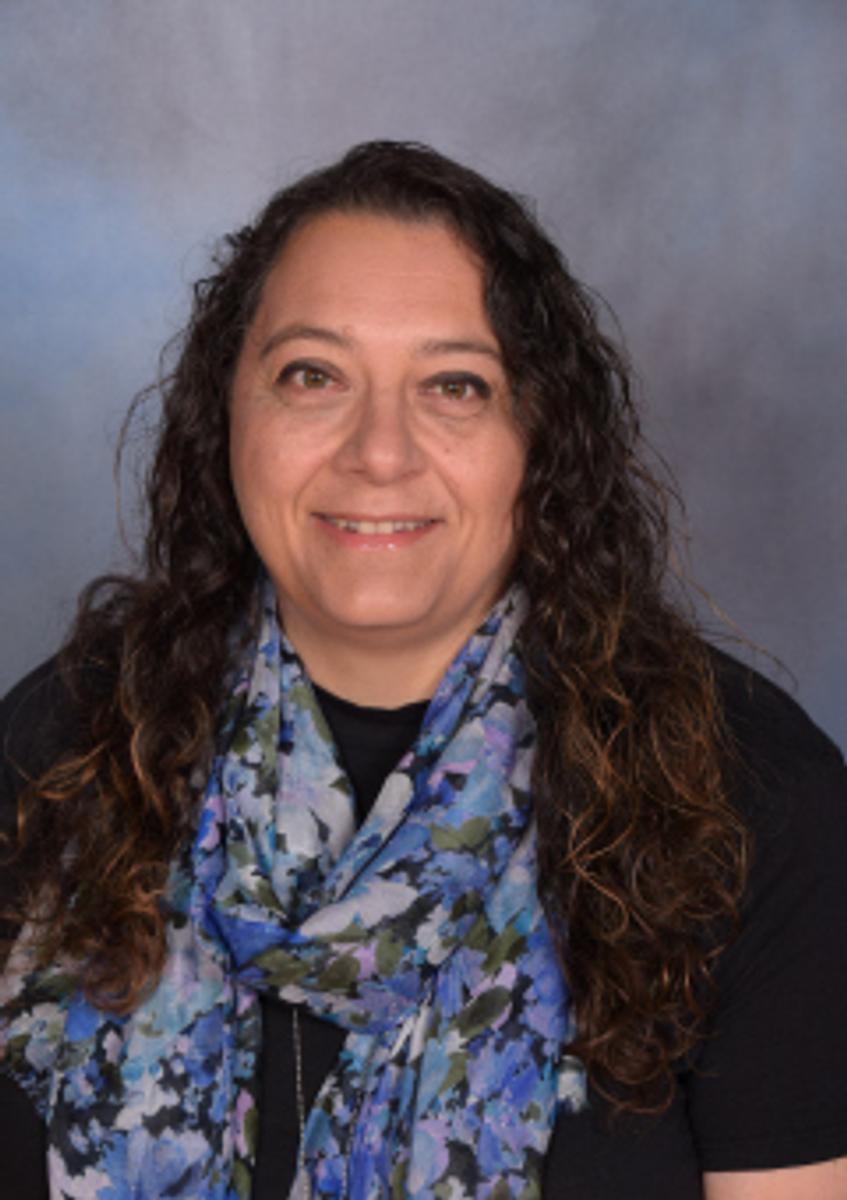PRINCIPAL'S MESSAGE

The Moorabbin Primary School Community touch the land and think of the Bunurong People and surrounding Clans of the Kulin Nation who cared for the land before us.
We share our gratitude to their Elders past, present and emerging. As we touch this land, we promise to treasure it, taking care of all its people, animals, plants and waterways. We at Moorabbin Primary School appreciate this land. Thank you.
Dear Parents/Carers,
SCHOOL COUNCIL
We held our first school council meeting of the year on Tuesday 18th February and welcomed our 2025 councillors.
I would like to formally welcome these parents and DET representatives:
President- Sean Abell
Vice President- Laura Bos
Treasurer- Colin Jones
Secretary- Silke Nixon
Parent Representatives- Chris Wende, Brent Jones and our newest member Hannah Bradley
DET representatives- Mr Igor Koval and Mr Ian Corrigan
Parents on school councils provide important viewpoints and have valuable skills and a range of experiences and knowledge that can help inform and shape the direction of the school. Currently we have 10 members including myself but there is still 1 position that is vacant.
FUNDRAISING PROJECTS
After discussions with school staff, P&F and school council, we have decided upon these four projects that we would like to focus our fundraising efforts on in 2025.
Basketball court refurbishment. Many of you may have noticed that the current court is a bit worn out, tired and in need of a revamp! We would like to resurface the area with new “Softfall cover” that will be coloured, vibrant and safer for children to play on.
Sensory play area at the front of the new building. The area currently has been filled with a lot of tan bark from the building project last year. We would like to build a play area where children will be able to use this as a “chill out zone” play games have sensory play equipment to support passive and imaginative play.
Shade sails over the front of the new building where the senior students are currently lining up. The area can become quite sunny and warm on hot days. This will provide more shaded areas for children, staff and parents to sit in and around before, during and after school
Update the landscaping and beautify the area in front of the Art room and Bike shed. This space is the entry to our school from Worthing Road and definitely needs a “facelift”
TEACHER EMAIL AND COMMUNICATION
Teachers will have sent their termly newsletter along with their timetables and hopefully most parents have had the opportunity to visit our first round of open classes and gain a snippet of your child’s learning environments. Some classes did have specialist teachers and others would have been in their home rooms. We also offered an informal “meet and greet” which from all accounts was very positive and provided teachers with further insights about your children and their interests and aspirations for 2025!
In regards to communication with the teaching staff, if the matter is urgent, please send and call the school. Email is a great form of communication, but teachers do not always have time to check their email during the day or the email system may not be accessible.
In line with the right to disconnect legislation employees have the right to refuse to monitor, read, listen to or respond to contact that occurs outside their working hours from their employer or a third party (such as a student or a parent), unless that refusal is unreasonable.
We ask that you allow us at least 2 working days to provide you with a detailed response to general queries. We will endeavour to respond to urgent matters within 24 hours where possible.
If your child needs to be sent to after school care or other arrangements have been made, please phone or email the school. For all urgent changes please call.
Making Appointments with Teachers
We encourage parents to communicate with us when the need arises. For quick information sharing, a brief unscheduled chat is fine. If more time is needed, we recommend that you schedule a longer appointment time so we can address your concerns adequately.
WILL I KNOW WHEN MY CHILD’S TEACHER IS ABSENT?
We appreciate parents’ involvement and concern for their child's education. Teachers are “human”, and they also fall ill, they may need time away from their duties for a variety of differing reasons both personally/medically and/or they may have applied and been successful for approved leave. Or they may have a genuine emergency that requires immediate… short or long-term leave. Sometimes staff will be absent because they have professional development courses that they need to attend.
Our school is committed to providing a stable and supportive learning environment wherever we can with a replacement staff member. In some instances where the relief teacher pool is also under pressure our schools may have to split classes as a last resort. While we understand your interest in knowing about classroom changes, please know that we prioritise the privacy of our staff and handle absences with confidentiality and professionalism. We have effective plans in place to ensure that your child's learning experience remains uninterrupted and productive.
Sometimes it is not possible to inform the class of an absence. When we know in advance, we will inform the class so that they have plenty of time to help prepare for the upcoming staff members absence. Thank you for your understanding and support.
CHILD SAFE STANDARDS
Moorabbin PS is committed to the safety and wellbeing of every child. Further information is also available on the school’s website: https://www.moorabbin.vic.edu.au/school-policies
Our students and their families are important partners in keeping our students safe. We value feedback and ideas on how we can continuously strengthen our child safety framework.
CHILD SAFETY STANDARDS
Victorian schools are required under the Child Safety and Wellbeing Act to ensure that they implement compulsory child safe standards to protect students from harm.
The Child Safe Standards are part of an evolving story of reform in Victoria to make sure that children and young people in organisations feel safe and are safe.
The Child Safe Standards emerged from 2 inquiries. The original Child Safe Standards were introduced in 2016 following the Victorian Betrayal of Trust Parliamentary Inquiry.
Not long after the Victorian inquiry ended, the Commonwealth Government’s Royal Commission into Institutional Responses to Child Sexual Abuse recommended that all states and territories align their Child Safe Standards with the National Principles for Child Safe Organisations.
In 2019 the Victorian government reviewed the Standards and found strong support for national consistency.
In 2020, work was undertaken by the Department of Families, Fairness and Housing to update the Standards, with a focus on: how best to retain the concept of child empowerment, include a distinct and explicit focus on cultural safety for Aboriginal children aligning Victoria’s standards with the National Principles.
Consultation on the Standards was undertaken in 2020 and 2021, and new Standards were introduced on 1 July 2021 and commenced on 1 July 2022.
There are 11 Child Safe Standards
Standard 1: Culturally safe environments – Establish a culturally safe environment in which the diverse and unique identities and experiences of Aboriginal children and young people are respected and valued.
Standard 2: Leadership, governance and culture– Ensure that child safety and wellbeing are embedded in school leadership, governance and culture.
Standard 3: Child and student empowerment– Children and young people are empowered about their rights, participate in decisions affecting them and are taken seriously.
Standard 4: Family engagement– Families and communities are informed and involved in promoting child safety and wellbeing.
Standard 5: Diversity and equity– Equity is upheld, and diverse needs are respected in policy and practice.
Standard 6: Suitable staff and volunteers– People working with children and young people are suitable and supported to reflect child safety and wellbeing values in practice.
Standard 7: Child-focused complaints processes– Ensure that processes for complaints and concerns are child focused.
Standard 8: Child safety knowledge, skills and awareness– Staff and volunteers are equipped with the knowledge, skills and awareness to keep children and young people safe through ongoing education and training.
Standard 9: Physical and online environments– Physical and online environments promote safety and wellbeing while minimising the opportunity for children and young people to be harmed.
Standard 10: Review of child safety practices- Implementation of the Child Safe Standards is regularly reviewed and improved.
Standard 11: Implementation of child safety practices– Policies and procedures that document how schools are safe for children, young people and students.
Moorabbin Primary School is committed to the safety and wellbeing of all children, and this will be the primary focus of our care and decision-making. Moorabbin Primary School has zero tolerance for child abuse.
Moorabbin Primary school is committed to providing a child safe environment where children and young people are safe and feel safe, and their voices are heard about decisions that affect their lives. Particular attention will be paid to the cultural safety of Aboriginal children and children from culturally and/or linguistically diverse backgrounds, as well as the safety of children with a disability.
Our commitment to child safety
Moorabbin Primary School is committed to child safety.
Everyone connected to our school can help students be safe.
We are committed to the safety, participation and empowerment of all children.
We have zero tolerance of child abuse, and all allegations and safety concerns will be treated very seriously and consistently with our robust policies and procedures.
We have legal and moral obligations to contact authorities when we are worried about a child’s safety, which we follow rigorously.
Moorabbin Primary School has robust human resources and recruitment practices for all staff and volunteers.
Moorabbin Primary School is committed to regularly training and educating our staff on child abuse risks.
Moorabbin Primary School is committed to preventing child abuse and identifying risks early and removing and reducing these risks.
We support and respect all children, as well as our staff and volunteers. We are committed to the cultural safety of Aboriginal children, the cultural safety of children from a culturally and/or linguistically diverse backgrounds, and to providing a safe environment for children with a disability.
We have specific policies, procedures and training in place that support our leadership team, staff and volunteers to achieve these commitments.
VOLUNTEERS AND THE CHILD SAFE STANDARDS
We love having parents and grandparents working with us at Moorabbin Primary School – whether this be as classroom helpers, hearing reading, attending school camps and incursions or volunteering in classroom and or specialists subjects, activities such as uniform sales, Mother’s/Father’s Day Stalls and P & F events.
Child Safe Standard 8 requires us to ensure that we have appropriate process in place for volunteers working at our school.
If you would like to volunteer in any capacity at the school, you will be required to:
Have a current Working with Children Clearance that has been sighted and recorded at the school office
sign in and out of the school office each time you are onsite
- acknowledge in signing in that you are familiar with the Volunteer Policy, Child Safety Code of Conduct, Child Safety and Wellbeing Policy, Procedures for Responding to incidents, disclosures and suspicions of child abuse. hese are all available on the school website in the Policy section. https://www.moorabbin.vic.edu.au/school-policies
undertake the Volunteer Training that is accessed through a Powerpoint document on the school website.
PRIVACY
Annual privacy reminder for our school community.
Our school collects and uses student and parent personal information for standard school functions or where permitted by law, as stated in the Schools’ Privacy Policy and the Schools’ Privacy Collection Notice.
Our Photographing, Filming and Recording Students Policy (click here for policy), describes how we collect and use photographs, video and recordings of students. https://www.moorabbin.vic.edu.au/s/Photographing-Filming-and-Recording-Students-2024-DETdocx.pdf
Noxia Angelides
Principal




